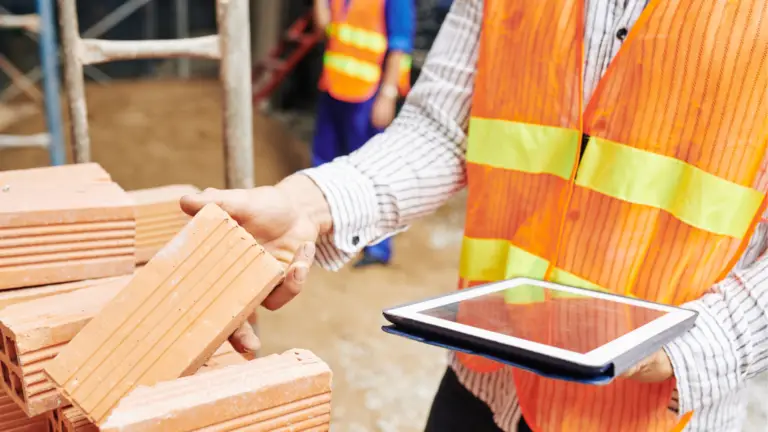Building structures is a significant investment in terms of time, money, and resources. Therefore, it is essential to ensure that these constructions are kept in optimal condition over time. In this blog, we will explore key strategies and practices for preserving and better maintaining constructions, ensuring their durability and longevity.
To view AH Construction’s projects click HERE
Regular Inspections and Maintenance:
One of the cornerstones of construction preservation is conducting regular inspections and maintenance. This involves scheduling periodic reviews to identify and address potential issues before they become major concerns. Proactive maintenance can help prevent wear and premature deterioration.
Protection Against Weather Elements:
Weather elements such as rain, wind, and sunlight can wear down structures over time. Adequate protection against these elements is essential. This can include the application of weather-resistant sealants, paints, and proper roofing to prevent moisture damage.
Use of Quality Materials:
The quality of construction materials is crucial for the durability of the structure. Using high-quality, sturdy, and long-lasting materials from the beginning can reduce the need for costly long-term repairs.
Moisture Control:
Moisture is one of the biggest enemies of constructions. Proper moisture control is essential to prevent corrosion, mold, and other moisture-related issues. This can include the installation of drainage systems, proper ventilation, and sealing of cracks and joints.
Restoration and Renovation:
Over time, even the most solid constructions may need restoration and renovation. These activities can include repairing existing damage, upgrading outdated systems, and modernizing the appearance of the structure. Proper restoration and renovation can significantly extend the lifespan of a construction.
Risk Management:
Identifying and managing potential risks is critical for construction preservation. This can include assessing exposure to natural disasters, emergency planning, and implementing safety measures.
Education and Awareness:
Engaging owners, occupants, and maintenance personnel in education and awareness about construction preservation is essential. Everyone should understand the importance of proactive maintenance and care of structures.
Long-Term Investment:
Proper construction preservation is a long-term investment. While it may require initial expenses, it saves money and time in the long run by avoiding costly repairs and replacements.
In summary, proper construction preservation is essential to ensure durability and longevity. Regular maintenance practices, the use of quality materials, and protection against weather elements are crucial in this process. By taking proactive measures and considering preservation as a long-term investment, you can ensure that your constructions remain strong and functional for many years. Preservation not only conserves resources but also contributes to sustainability and environmental responsibility in the construction sector.
To view AH Construction’s projects click HERE




